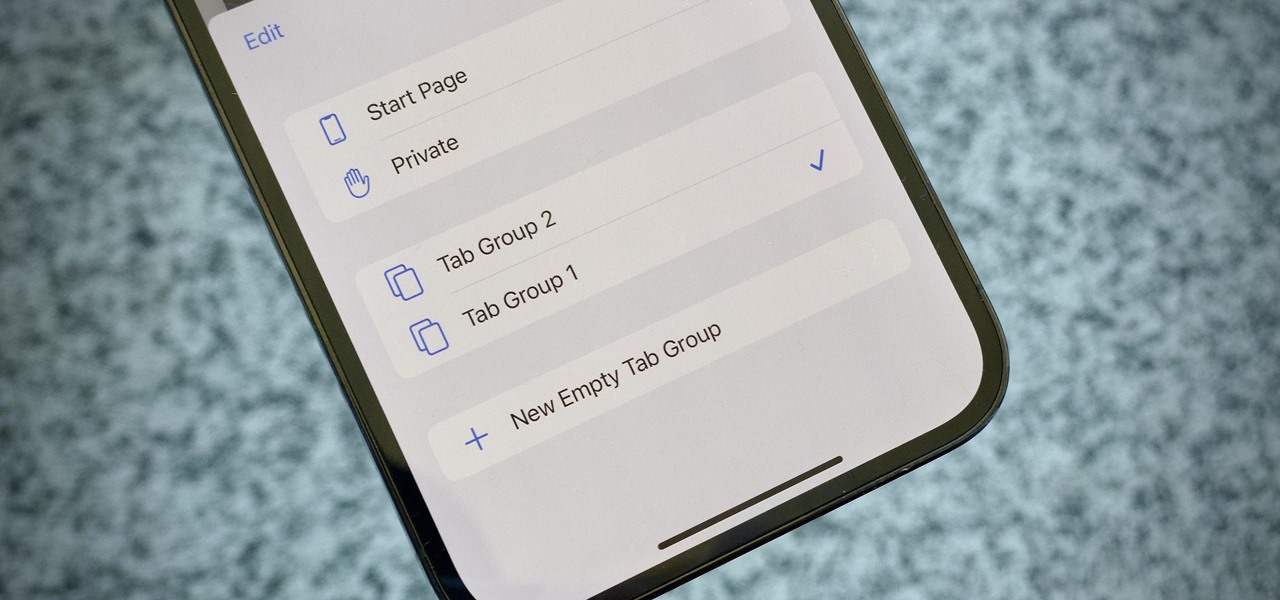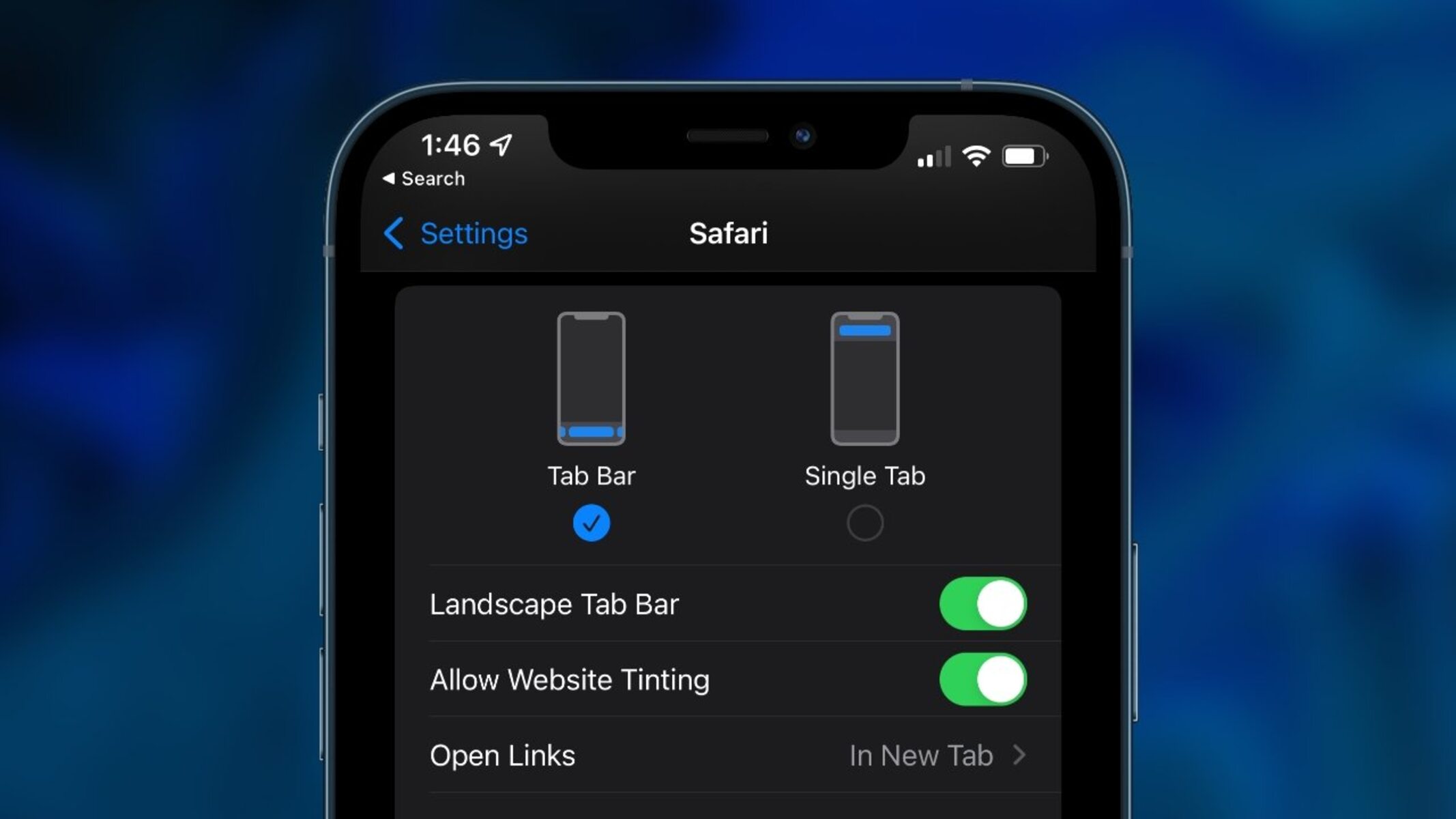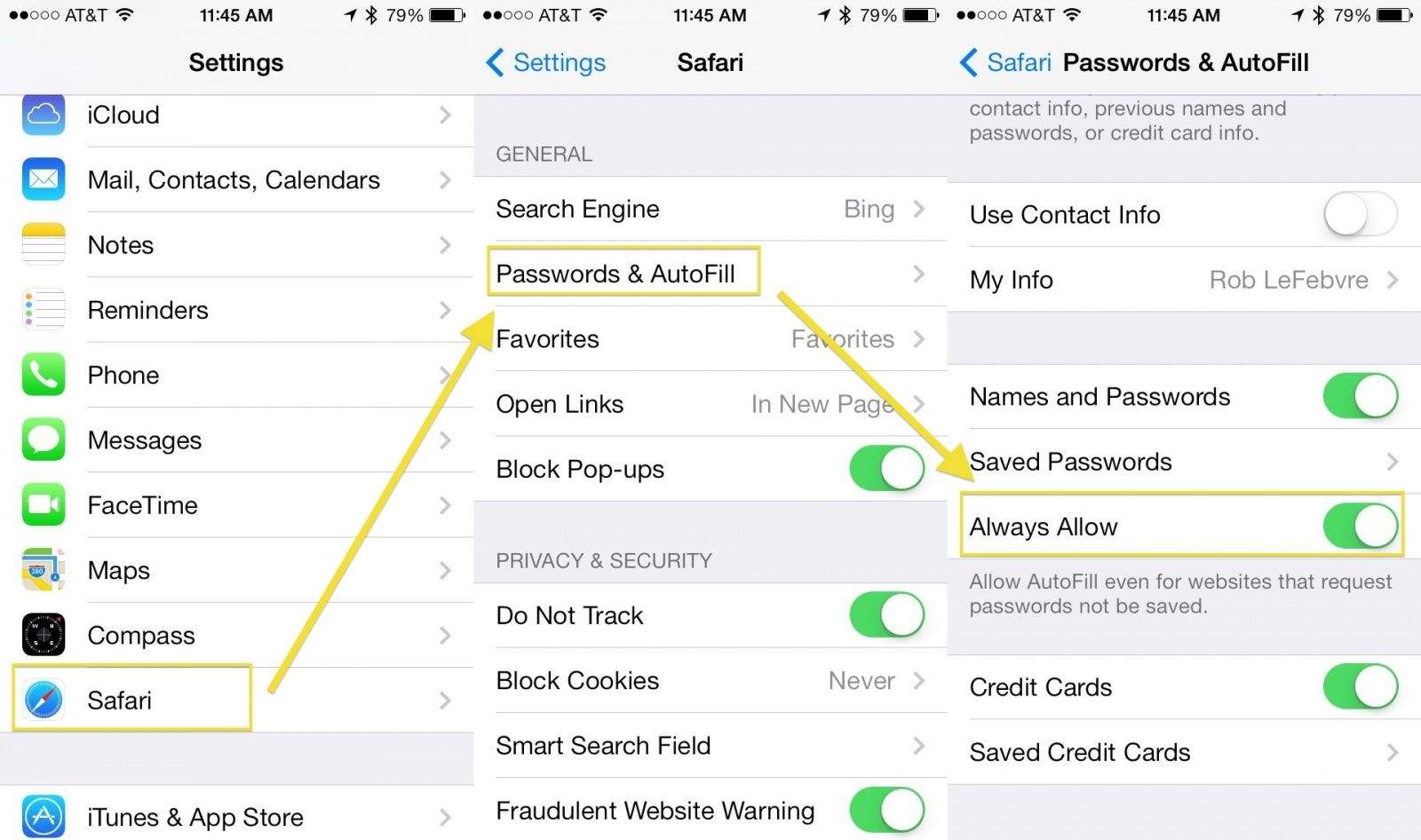Introduction
Tab grouping is a convenient feature that allows users to organize their browsing experience by categorizing tabs into separate groups. While this feature can be beneficial for managing multiple open tabs, there are instances where users may want to remove tab groups from their Safari browser. Whether it's to streamline their browsing interface or to declutter their workspace, the process of removing tab groups in Safari is straightforward and can be accomplished on both Mac and iOS devices.
In this article, we will explore two methods for removing tab groups from Safari. The first method will focus on removing tab groups from Safari on Mac, while the second method will guide users through the process of removing tab groups from Safari on iPhone or iPad. By following these step-by-step instructions, users can effectively declutter their browsing experience and tailor their tab management to suit their preferences.
Without further ado, let's delve into the methods for removing tab groups from Safari on both Mac and iOS devices. Whether you're a seasoned Safari user or new to the world of tab grouping, these methods will equip you with the knowledge to efficiently manage your tab groups and optimize your browsing experience.
Method 1: Removing Tab Groups from Safari on Mac
Removing tab groups from Safari on Mac is a straightforward process that allows users to declutter their browsing experience and streamline their tab management. Whether you're looking to reorganize your tabs or simply prefer a more traditional browsing setup, the following steps will guide you through the process of removing tab groups from Safari on your Mac.
-
Open Safari: Launch the Safari browser on your Mac by clicking on its icon in the dock or searching for it using Spotlight.
-
Access Tab Groups: Once Safari is open, navigate to the tab group that you wish to remove. Tab groups are displayed as separate clusters of tabs, making it easy to identify and manage them.
-
Right-click on the Tab Group: Position your cursor over the tab group you want to remove, then right-click on it to reveal a dropdown menu of options.
-
Select "Close Tab Group": From the dropdown menu, select the "Close Tab Group" option. This action will remove the entire tab group, including all the tabs contained within it.
-
Confirm Removal (if prompted): Depending on your Safari settings, you may be prompted to confirm the removal of the tab group. If so, click "Close" or "Confirm" to proceed with removing the tab group.
-
Review Tab Layout: After removing the tab group, take a moment to review your tab layout and ensure that the desired tab group has been successfully removed. Your tabs should now be organized in a standard, non-grouped format.
By following these simple steps, you can effectively remove tab groups from Safari on your Mac, allowing for a more personalized and organized browsing experience. Whether you're streamlining your workflow or adjusting your tab management preferences, the ability to remove tab groups provides users with the flexibility to tailor their browsing interface to suit their individual needs.
With tab groups removed, users can enjoy a more traditional tab layout, making it easier to navigate between open tabs and manage their browsing sessions with ease. This method empowers users to take control of their tab organization, ultimately enhancing their overall browsing experience on Safari for Mac.
Method 2: Removing Tab Groups from Safari on iPhone or iPad
Removing tab groups from Safari on iPhone or iPad is a seamless process that allows users to declutter their browsing experience and customize their tab management. Whether you're looking to simplify your tab organization or prefer a more traditional browsing layout, the following steps will guide you through the process of removing tab groups from Safari on your iOS device.
-
Open Safari: Begin by launching the Safari browser on your iPhone or iPad. Locate the Safari icon on your home screen or within the app library, then tap to open the browser.
-
Access Tab Groups: Once Safari is open, navigate to the tab group that you wish to remove. Tab groups are visually represented as separate clusters of tabs, making it easy to identify and manage them.
-
Long-press on the Tab Group: Press and hold your finger on the tab group you want to remove. After a moment, a menu of options will appear, allowing you to interact with the tab group.
-
Select "Close Tab Group": From the menu of options, tap on the "Close Tab Group" selection. This action will initiate the removal of the entire tab group, including all the tabs contained within it.
-
Confirm Removal (if prompted): Depending on your Safari settings, you may be prompted to confirm the removal of the tab group. If prompted, tap "Close" or "Confirm" to proceed with removing the tab group.
-
Review Tab Layout: After removing the tab group, take a moment to review your tab layout and ensure that the desired tab group has been successfully removed. Your tabs should now be organized in a standard, non-grouped format.
By following these straightforward steps, you can effectively remove tab groups from Safari on your iPhone or iPad, allowing for a more personalized and organized browsing experience. Whether you're streamlining your workflow or adjusting your tab management preferences, the ability to remove tab groups provides users with the flexibility to tailor their browsing interface to suit their individual needs.
With tab groups removed, users can enjoy a more traditional tab layout, making it easier to navigate between open tabs and manage their browsing sessions with ease. This method empowers users to take control of their tab organization, ultimately enhancing their overall browsing experience on Safari for iPhone or iPad.
Conclusion
In conclusion, the ability to remove tab groups from Safari on both Mac and iOS devices provides users with the flexibility to tailor their browsing experience to suit their individual preferences. By following the step-by-step methods outlined in this article, users can effectively declutter their tab management and streamline their workflow, ultimately enhancing their overall browsing experience.
Whether it's the convenience of tab grouping or the preference for a more traditional tab layout, the process of removing tab groups empowers users to take control of their browsing interface. On Mac, the straightforward steps of right-clicking on the tab group and selecting "Close Tab Group" allow for seamless removal, while on iPhone or iPad, the simple long-press and "Close Tab Group" action provide a similar streamlined experience.
Upon removing tab groups, users can enjoy a more organized tab layout, making it easier to navigate between open tabs and manage their browsing sessions with ease. This flexibility in tab management ensures that users can adapt their browsing experience to align with their specific needs and preferences, ultimately enhancing productivity and efficiency.
Furthermore, the ability to remove tab groups from Safari reflects the browser's commitment to providing a customizable and user-centric browsing experience. Whether users are organizing their research, managing multiple projects, or simply exploring the web, the option to remove tab groups ensures that their browsing interface remains tailored to their unique requirements.
By understanding the process of removing tab groups from Safari, users can optimize their tab management, declutter their browsing interface, and create a personalized and efficient workflow. This level of control over tab organization contributes to a more seamless and enjoyable browsing experience, allowing users to focus on their content without unnecessary distractions.
In essence, the methods for removing tab groups from Safari on both Mac and iOS devices offer a valuable tool for users to customize their browsing experience, reflecting the browser's commitment to user empowerment and flexibility. Whether it's for work, leisure, or research, the ability to remove tab groups ensures that users can navigate their browsing sessions with ease and efficiency, ultimately enhancing their overall satisfaction with the Safari browser.

























